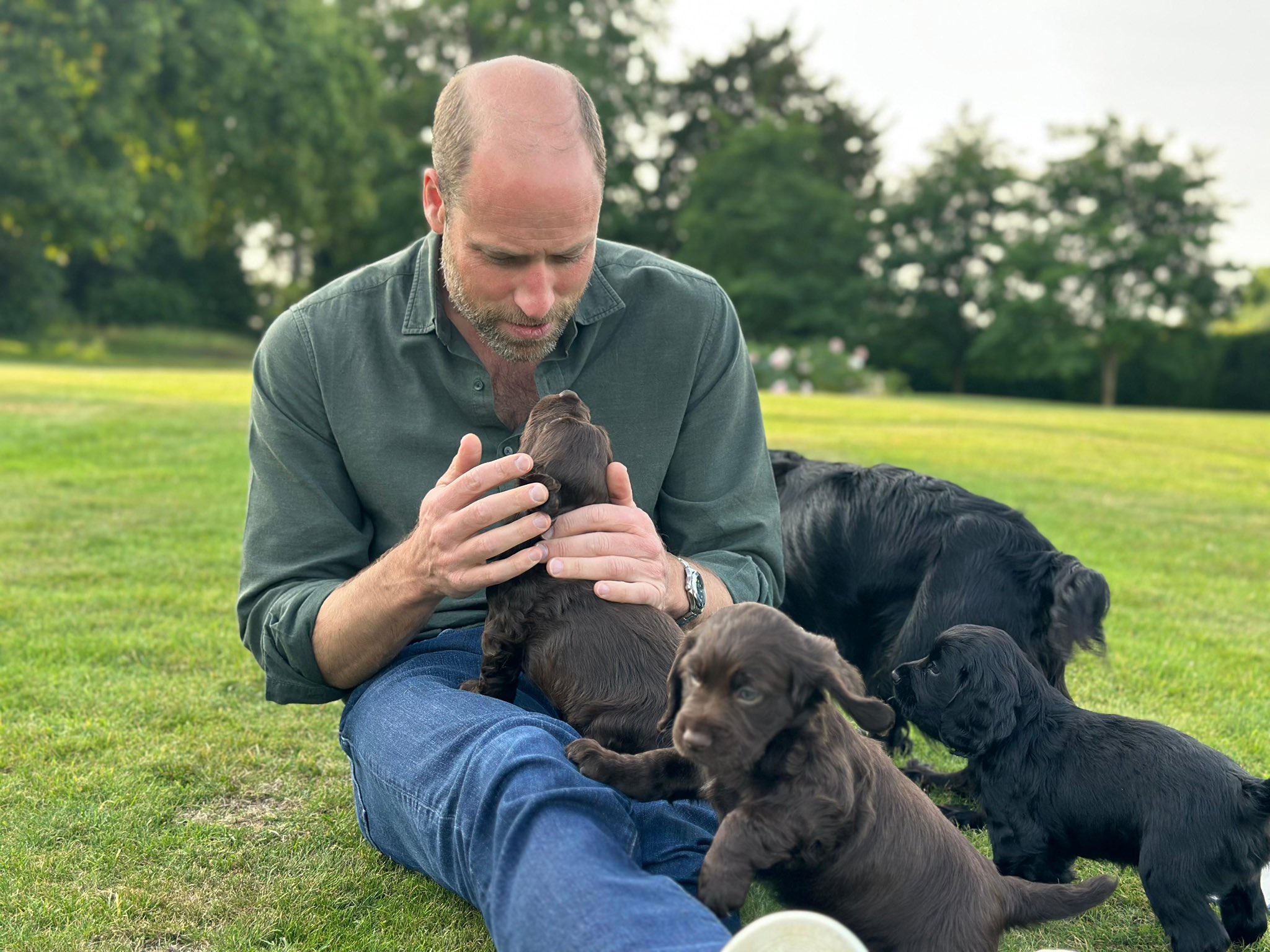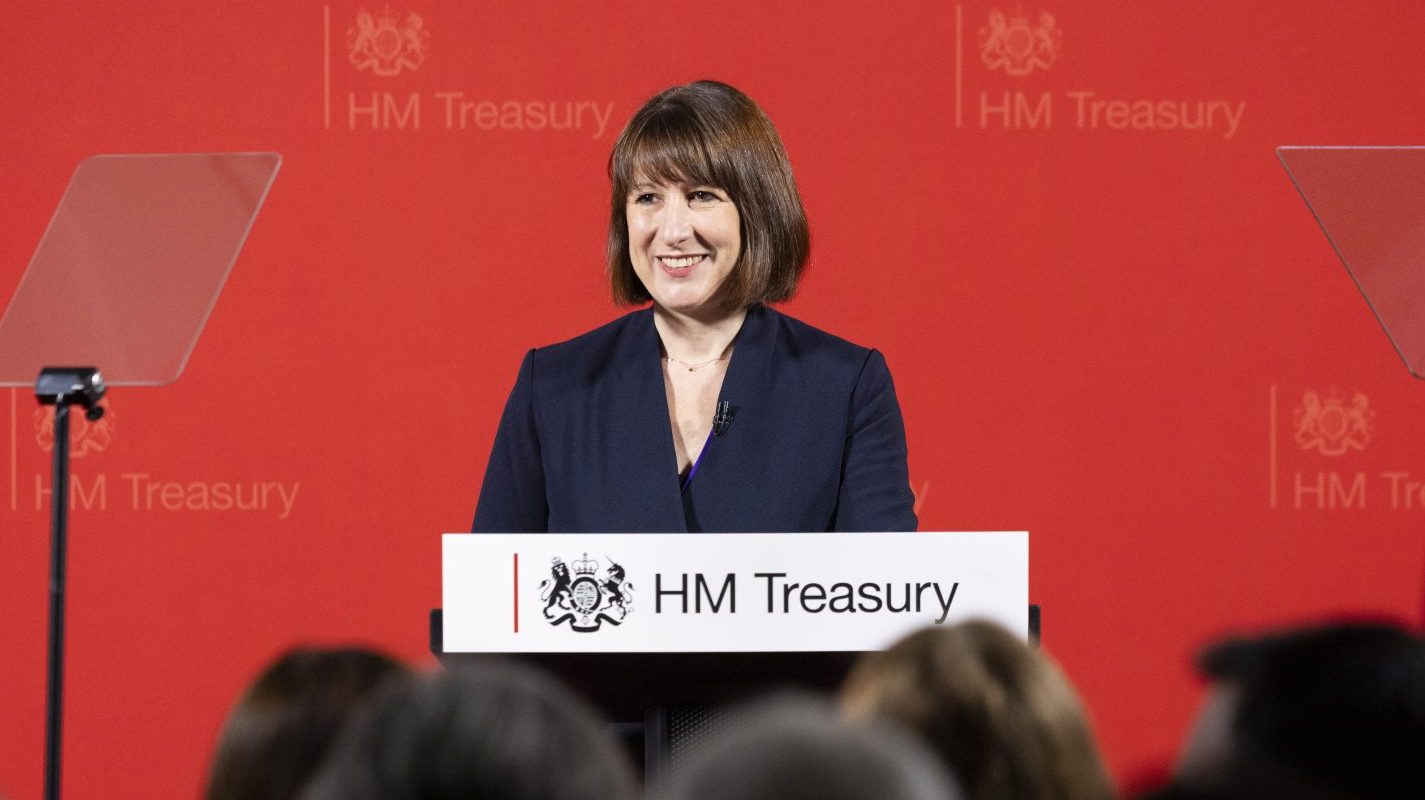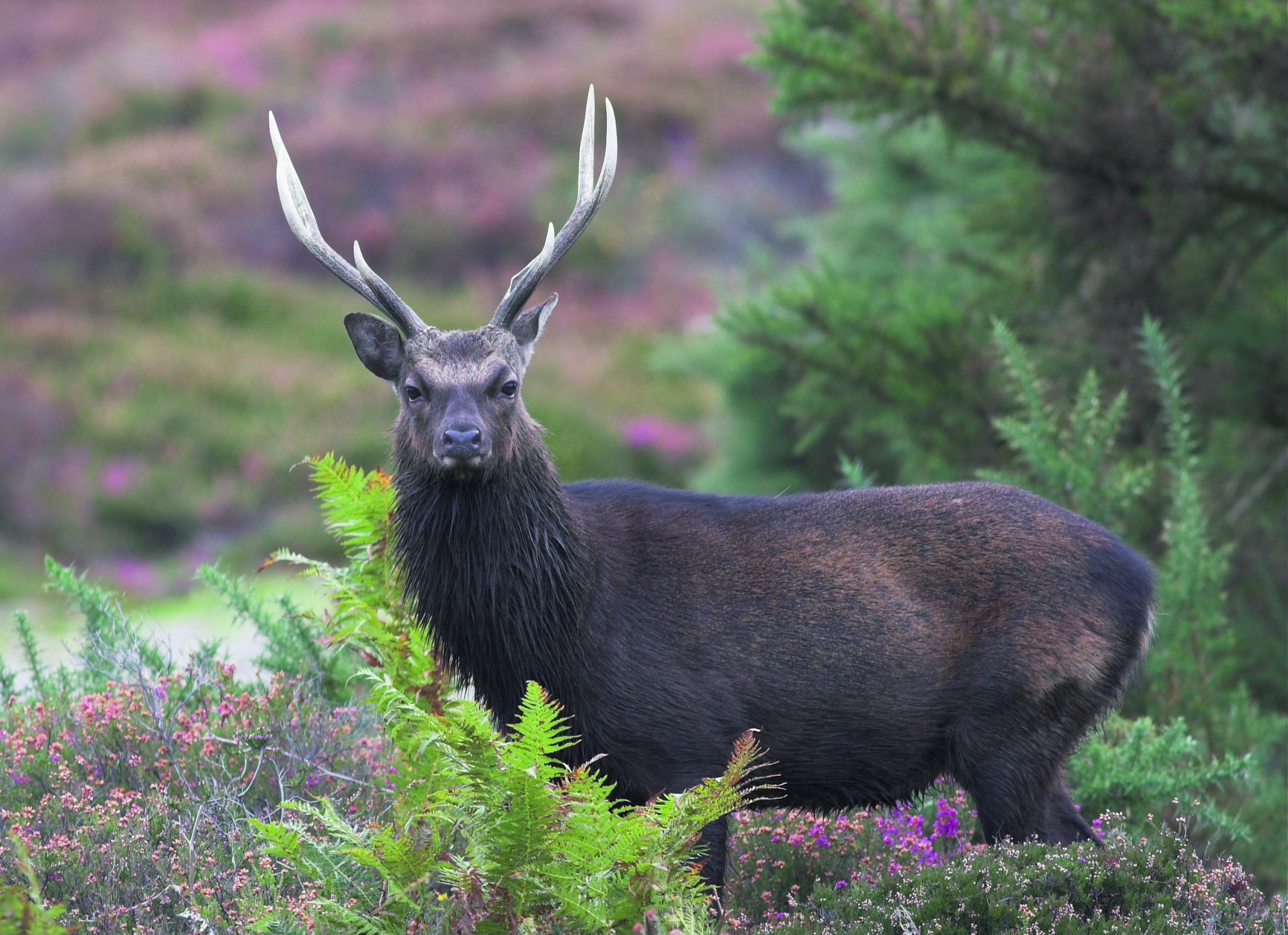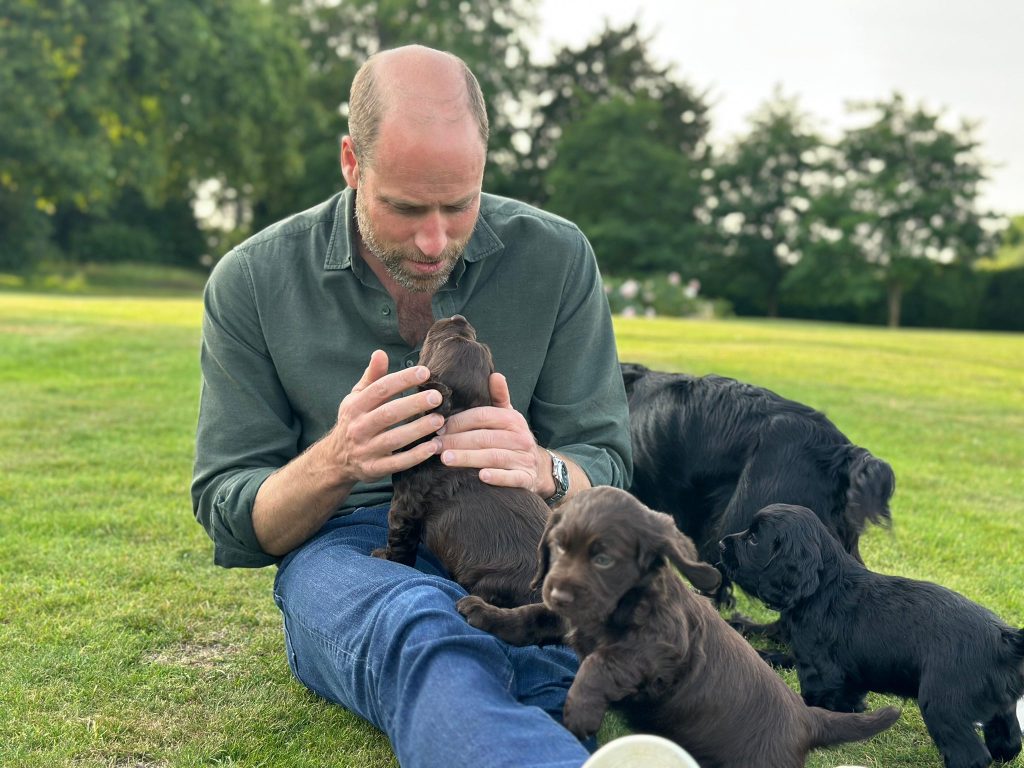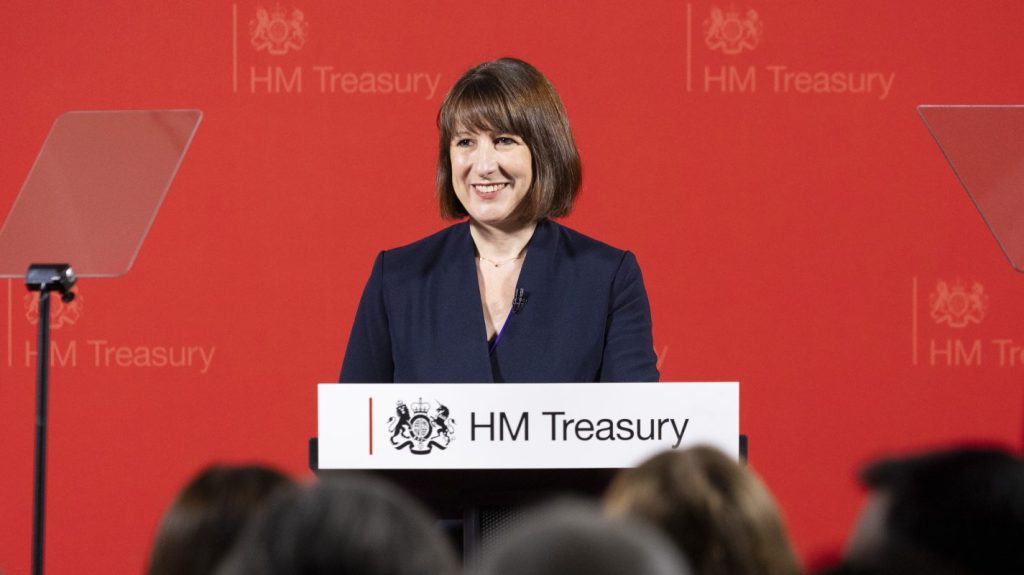News
Dramatic shift in bird numbers
Habitat loss blamed for bird population drop
Would you like to speak to our readers? We offer sponsored articles and advertising to put you in front of our audience. Find out more.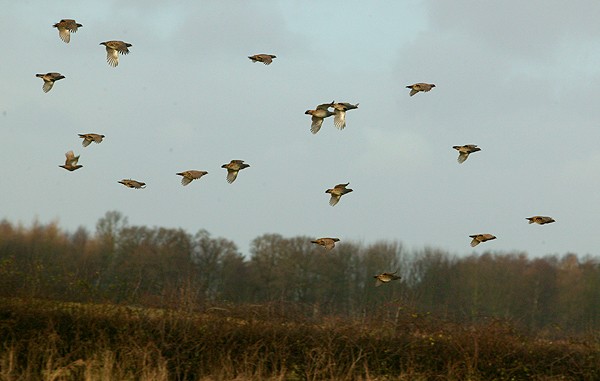
The ?State of the UK?s Birds? report 2013 has been published, showing an alarming decrease in some of the UK?s most widespread and common breeding birds, though there have also been some significant population increases.
It was produced by a coalition of the RSPB, the British Trust for Ornithology and the Wildfowl & Wetlands Trust, with Natural England, Natural Resources Wales, Northern Ireland Environment Agency, Scottish Natural Heritage and the Joint Nature Conservation Committee.
According to the report, since 1995 grey partridge and turtle dove numbers have decreased by at least half, and the yellow wagtail, which is unique to Britain, by 45 per cent.
RSPB conservation scientist Dr Mark Eaton said: ?I think many of us have been shocked by how poorly some of our most familiar species are faring. Many of the birds we?re referring to aren?t rare and don?t occur in remote locations. They are the ones you used to see while walking the dog or enjoying a family picnic. But over two decades many of these species have ebbed away from huge swathes of our countryside. In contrast some species, such as the red kite, are conservation success stories as they have returned to our countryside.?
What is noticeable in the report is that many of the most serious declines are linked to a loss of habitat. For example, the distribution of the corn bunting, which has declined by 34 per cent since 1995, has dropped by 56 per cent over the past 40 years, while it has disappeared entirely from Ireland. The snipe?s breeding range has shrunk by 31 per cent over 40 years, while that of the grey partridge has shrunk by 40 per cent.
Phil Grice, a senior environmental specialist in ornithology at Natural England, emphasized the importance of preserving habitat for the UK?s birds, saying: ?While we have made great progress with reversing the declines in many of our rare bird species, thanks to site management and species recovery work, improving the fortunes of our ?wider countryside? birds requires us to think beyond good management of our special sites, such as Sites of Special Scientific Interest.
?Through Environmental Stewardship and initiatives like Nature Improvement Areas, we are working in close partnership with farmers and other land managers to make a difference for biodiversity across whole landscapes, allowing people to experience England?s characteristic wildlife close to
where they live.?
To read the full report, visit: bit.ly/1aOlrpM.
Related articles
News
PETA attacks royal couple for breeding cocker pups
The Prince and Princess of Wales have faced criticism from animal rights group PETA after they had a litter of puppies
By Time Well Spent
News
Farmers launch legal review against Reeves’s farm tax
Chancellor Rachel Reeves faces a judicial review over inheritance tax reforms that could force family farms out of business
By Time Well Spent
Manage Consent
To provide the best experiences, we use technologies like cookies to store and/or access device information. Consenting to these technologies will allow us to process data such as browsing behavior or unique IDs on this site. Not consenting or withdrawing consent, may adversely affect certain features and functions.
Functional Always active
The technical storage or access is strictly necessary for the legitimate purpose of enabling the use of a specific service explicitly requested by the subscriber or user, or for the sole purpose of carrying out the transmission of a communication over an electronic communications network.
Preferences
The technical storage or access is necessary for the legitimate purpose of storing preferences that are not requested by the subscriber or user.
Statistics
The technical storage or access that is used exclusively for statistical purposes.
The technical storage or access that is used exclusively for anonymous statistical purposes. Without a subpoena, voluntary compliance on the part of your Internet Service Provider, or additional records from a third party, information stored or retrieved for this purpose alone cannot usually be used to identify you.
Marketing
The technical storage or access is required to create user profiles to send advertising, or to track the user on a website or across several websites for similar marketing purposes.

